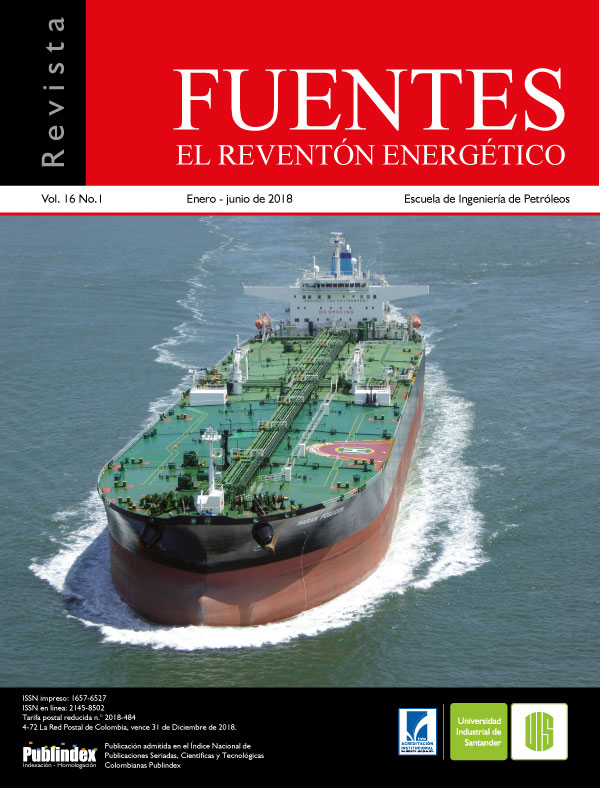Published 2018-07-24
Keywords
- Deep wells,
- Crisis time,
- Strategy,
- Optimization,
- Learned Lessons
- Challenges ...More
How to Cite
Abstract
The depletion of conventional reservoirs and the challenges for engineering that this means are not a secret. In Colombian foothills the trend has been clear: In the last 3 years, the deepest wells have been drilled with 20,300 ft and 20,808 ft. This depth could seem to be a lot, but actually the number is not enough to represent how big the challenge is. The engineering development around this operation and the organizational maturity reached by the operator company through complex learning curves, have reduced the negative impactsto the projects’ performance. However, to the bunch of engineering issues to handle, it is necessary to add the political, economic and social fluctuations and all its causes, like the oil crisis that started on 2014. Hence, the question is: How to drill deep wells in crisis time?
The mitigation decisions taken by strategy managers imply planning and execution of projects by optimizing the resources as much as possible. Optimization is one more challenge because its application takes special care. Optimization does not mean reducing costs at expense of the personnel’s benefits, wells’ quality or operations assurance. It means reducing costs strategically and this requires detailed analysis of offset wells and sensibilities of the proposed optimization. This is why in the Colombian foothills, the What if analysis, the capitalization of learned lessons and the risks analysis are made on robust planning models. Perhaps drilling through coal beds has been one of the most challenging operations in the foothills. Anyway, now the goal is not to drill through interbedded or inverted coal layers anymore. It is doing it in crisis time.
